Home>Furniture>Bedroom Furniture>How To Remove Period Stains From Bed
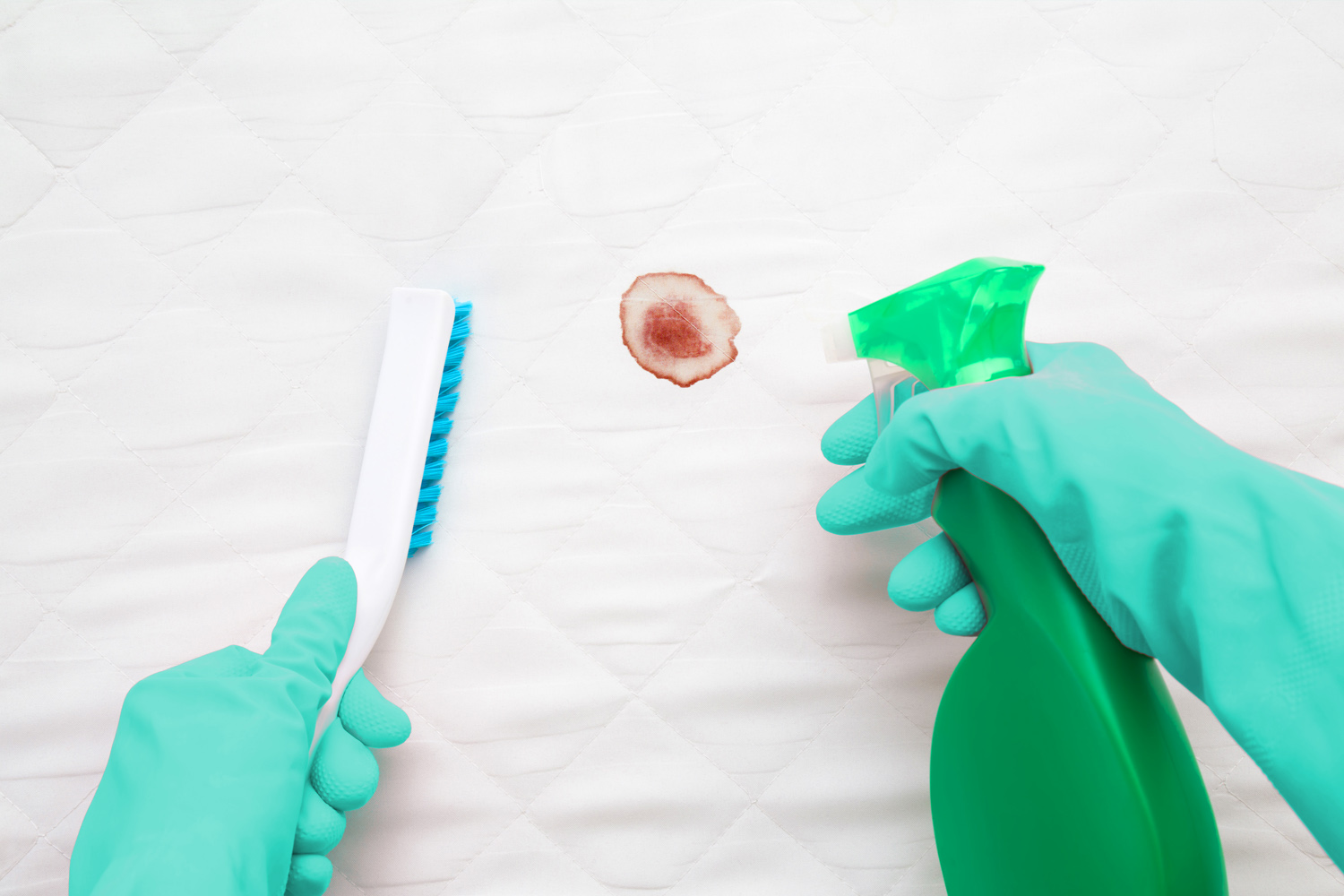

Bedroom Furniture
How To Remove Period Stains From Bed
Modified: December 7, 2023
Learn effective methods to remove period stains from your bedroom furniture. Get rid of stubborn stains and keep your bed clean and fresh.
(Many of the links in this article redirect to a specific reviewed product. Your purchase of these products through affiliate links helps to generate commission for Storables.com, at no extra cost. Learn more)
Introduction
Welcome to our comprehensive guide on how to remove period stains from your bed. Dealing with period stains can be frustrating and embarrassing, but rest assured, you are not alone. Period stains are a common occurrence for many individuals, and there are effective ways to tackle and remove them.
Understanding how to remove period stains from your bed requires some knowledge about the nature of menstrual blood. Menstrual blood contains enzymes that can cause stains if not treated promptly and properly. Acting quickly and using the right techniques will help prevent the stains from setting and becoming more difficult to remove.
In this article, we will explain how to remove both fresh and set-in period stains from different types of bedding materials. We will also provide tips on preventing future stains, ensuring a clean and comfortable sleep environment.
So, if you’re ready to say goodbye to those pesky period stains, let’s dive in and learn how to effectively remove them from your bed!
Key Takeaways:
- Say goodbye to pesky period stains with quick action and proper techniques. Blot, rinse, and treat fresh stains promptly to prevent setting and ensure effective removal.
- Prevent future period stains by using hygiene products, mattress protectors, and layering bedding. Track your cycle, act quickly, and maintain regular bedding care for a clean sleep environment.
Read more: How To Remove Stains From Mattress
Understanding Period Stains
Before we dive into the methods of removing period stains from your bed, it’s important to have a basic understanding of what causes these stains and why they can be challenging to remove.
Period stains occur when menstrual blood comes into contact with fabric surfaces, such as your sheets, mattress, or pillows. Menstrual blood contains a protein called hemoglobin, which gives it its distinctive red color. When exposed to air and left untreated, hemoglobin undergoes a process known as oxidation, causing the bloodstain to darken and become more stubborn to remove.
Another factor that makes period stains difficult to remove is the presence of enzymes in menstrual blood. These enzymes break down the blood and make it adhere to fabric fibers, making it harder to remove with regular washing.
It’s important to note that every person’s menstrual flow is unique. Some individuals may experience heavier flows and larger blood stains, while others may have a lighter flow and smaller stains. Understanding your own menstrual cycle and flow patterns is essential for managing and effectively removing period stains.
By promptly attending to period stains and using appropriate cleaning techniques, you can minimize the chances of the stains becoming deeply embedded in your bedding and ensure a fresh and hygienic sleeping environment.
Now that we have a better understanding of what causes period stains and why they can be challenging to remove, let’s move on to the next section, where we will discuss how to prepare for the stain removal process.
Preparing to Remove Period Stains
Before diving into the task of removing period stains from your bed, it’s essential to gather the necessary supplies and prepare the area for stain removal. Taking these preliminary steps will ensure that you have a smooth and effective stain removal process.
Here are some steps to follow when preparing to remove period stains:
- Gather the necessary supplies: Start by collecting the items you’ll need for stain removal. This may include a clean cloth or paper towels, a mild detergent, hydrogen peroxide, salt, baking soda, vinegar, and a soft-bristled brush.
- Read the care labels: Before proceeding with any stain removal techniques, consult the care labels on your bedding. Different fabrics require different cleaning methods, so it’s essential to follow the manufacturer’s instructions to avoid damaging your bedding.
- Test for colorfastness: Before using any cleaning solution or technique on a visible area of your bedding, it’s crucial to perform a spot test in an inconspicuous area. Apply a small amount of the cleaning solution and check for any color bleeding or fabric damage.
- Blot, don’t rub: When dealing with fresh period stains, always remember to blot the stain instead of rubbing it. Rubbing can spread the stain and push it deeper into the fabric, making it more challenging to remove.
- Address stains promptly: The sooner you tackle a period stain, the easier it will be to remove. Try to address the stain as soon as possible to prevent it from setting and becoming more stubborn.
- Protect your mattress: If the stain has reached your mattress, protect it by covering it with a waterproof mattress protector. This will help prevent any further absorption and make the cleaning process easier.
By following these preparatory steps, you’ll be well-equipped to effectively remove period stains from your bedding. Now that we’ve covered the preparations, let’s move on to the next section, where we’ll discuss how to remove fresh period stains.
Removing Fresh Period Stains
When it comes to removing fresh period stains from your bed, acting quickly is key. The longer the stain sits, the more challenging it becomes to remove. Follow these steps to effectively remove fresh period stains:
- Blot the stain: Start by blotting the stain gently with a clean cloth or paper towels. This will help absorb as much excess blood as possible. Remember to blot, not rub, to avoid spreading the stain further.
- Rinse with cold water: Rinse the stained area with cold water. Cold water helps prevent the blood from setting into the fabric. Avoid using hot water, as it can cause the stain to set.
- Treat with mild detergent: Apply a small amount of mild detergent directly onto the stain. Gently rub the detergent into the fabric using your fingers or a soft brush. Let it sit for a few minutes to allow the detergent to penetrate the stain.
- Machine wash: After treating the stain, follow the care label instructions and wash the bedding in cold water. Use the appropriate wash setting and add the recommended amount of detergent. Avoid using bleach or harsh chemicals, as they can damage the fabric.
- Check for stain removal: Once the bedding is washed, check for any remaining traces of the stain. If the stain is still visible, repeat the blotting, rinsing, and detergent treatment steps before drying the bedding.
- Dry properly: Depending on the fabric type, air drying or tumble drying on a low heat setting may be recommended. High heat can set the stain and make it more difficult to remove.
If the stain persists after following these steps, you can try alternative stain removal methods like using hydrogen peroxide, salt, baking soda, or vinegar. However, it’s important to spot test these solutions on inconspicuous areas of your bedding before applying them to the stain.
Now that you know the steps for removing fresh period stains from your bed, let’s move on to the next section, where we’ll discuss how to treat set-in period stains.
Treating Set-In Period Stains
Set-in period stains can be more stubborn to remove compared to fresh stains. However, with the right techniques and a little patience, it is still possible to effectively treat and remove these stains from your bed. Follow these steps to tackle set-in period stains:
- Pretreat the stain: Begin by pretreating the set-in period stain with a stain remover or a mixture of hydrogen peroxide and mild detergent. Apply the solution directly to the stain and let it sit for about 15 minutes to help loosen the dried blood.
- Gently scrub the stain: After the pretreatment, use a soft-bristled brush or an old toothbrush to gently scrub the stain. Be careful not to scrub too forcefully, as this can damage delicate fabrics. Continue scrubbing until you notice the stain starting to fade.
- Rinse with cold water: Rinse the stained area with cold water to remove any loosened blood and cleaning solution. This will also help to assess the effectiveness of the treatment.
- Repeat the process if necessary: If the stain persists, repeat the pretreatment and scrubbing process. Stubborn set-in stains may require multiple attempts before they are fully removed.
- Wash the bedding: Once you have successfully treated the set-in stain, wash the bedding according to the care label instructions. Use cold water and a normal wash cycle, along with the recommended amount of detergent.
- Check for complete stain removal: After washing, inspect the bedding to ensure the stain has been fully removed. If any traces of the stain remain, repeat the pretreatment and washing process before drying the bedding.
- Dry properly: Depending on the fabric type, you can air dry the bedding or tumble dry it using a low heat setting. Avoid high heat, as it can set the stain further and make it more challenging to remove.
It’s important to note that older or more stubborn set-in stains may require professional cleaning to be completely eradicated. If you have tried multiple stain removal methods without success, consider contacting a professional laundry service for assistance.
Now that you know how to treat and remove set-in period stains, let’s move on to the next section, where we’ll provide cleaning tips for different types of beddings.
Read more: How To Remove Stain From Fence
Cleaning Tips for Different Types of Beddings
Beddings come in various materials, each requiring specific care and cleaning methods. To ensure you properly clean and maintain your bedding while removing period stains, follow these cleaning tips based on different types of beddings:
1. Cotton Beddings:
Cotton beddings are highly durable and easy to care for. To remove period stains from cotton beddings:
- Pre-treat the stains with a mixture of mild detergent and cold water.
- Wash the beddings in cold water using a normal wash cycle.
- Avoid using bleach, as it can weaken the fabric and cause discoloration.
- Air dry or tumble dry on a low heat setting.
2. Polyester Beddings:
Polyester beddings are known for their wrinkle-resistant qualities. To remove period stains from polyester beddings:
- Pre-treat the stains with a stain remover or a mixture of mild detergent and cold water.
- Wash the beddings in cold water using a gentle wash cycle.
- Avoid using bleach or fabric softeners, as they can damage the fabric or leave residue.
- Tumble dry on a low heat setting or air dry.
3. Silk Beddings:
Silk beddings require delicate care due to the luxurious and delicate nature of the fabric. To remove period stains from silk beddings:
- Blot the stain gently with a clean cloth to absorb excess blood.
- Apply a small amount of mild detergent or a specialized silk cleaner directly to the stain.
- Hand wash the bedding in cold water, gently agitating the fabric.
- Avoid wringing or twisting the silk, as it can damage the fibers.
- Hang the bedding to air dry or lay it flat on a clean towel.
- Iron on a low temperature setting, if necessary, using a cloth between the iron and the silk to prevent direct heat contact.
Read more: How To Remove Stains From Stucco
4. Linen Beddings:
Linen beddings offer a crisp and breathable sleep experience. To remove period stains from linen beddings:
- Pre-treat the stains with a mixture of cold water and mild detergent.
- Wash the beddings in cold water using a gentle cycle.
- Avoid using bleach or harsh detergents, as they can weaken the fibers.
- Air dry or tumble dry on a low heat setting.
- Iron while slightly damp, if necessary, to achieve a smooth finish.
Remember to always refer to the care labels on your bedding for specific instructions and considerations for cleaning.
Now that you are equipped with specific cleaning tips for different types of beddings, let’s move on to the next section where we will explore methods for preventing future period stains.
Preventing Future Period Stains
While knowing how to effectively remove period stains is crucial, it’s equally important to take preventive measures to minimize the chances of stains occurring in the first place. By following these tips, you can reduce the likelihood of future period stains on your bed:
1. Use menstrual hygiene products:
Using reliable menstrual hygiene products, such as tampons, menstrual cups, or sanitary pads, is the first line of defense against leaks and stains. Make sure to choose the product that suits your flow and change them regularly for optimal protection.
2. Use mattress protectors:
Invest in a waterproof mattress protector to create an additional barrier between your sheets and mattress. This protector will help prevent any menstrual fluid from seeping into the mattress and causing stains or unpleasant odors.
Read more: How To Remove Stains From Furniture
3. Layer your bedding:
Consider layering your bedding by adding an extra sheet or towel underneath your regular sheets. This added layer can provide additional protection in case of leaks, reducing the chances of staining your mattress or pillows.
4. Overnight protection:
If you experience heavy flows during the night, consider using overnight pads or doubling up on your menstrual hygiene products for extra protection. This can help prevent leaks and stains while you sleep.
5. Track your cycle:
Keeping track of your menstrual cycle and understanding the pattern of your flow can help you anticipate heavy days and take necessary precautions in advance. By knowing when to expect heavier flows, you can be better prepared to prevent stains.
6. Quick stain treatments:
If you do experience any leaks or stains, address them as soon as possible. Promptly rinsing the stained area with cold water and treating it with a stain remover or mild detergent can help prevent the stain from setting.
Read more: How To Remove Stains From A Blanket
7. Regular bedding maintenance:
Regularly washing your bedding, following the care label instructions, can help maintain freshness and cleanliness. This will also prevent any existing stains from becoming set-in or more difficult to remove.
By following these preventive measures, you can minimize the chances of future period stains on your bed. However, accidents can still happen, and knowing how to remove stains effectively will always come in handy.
Now that we’ve covered preventive tips, let’s conclude our guide on removing period stains from your bed.
Conclusion
Dealing with period stains on your bed can be frustrating, but with the right knowledge and techniques, you can effectively remove them and maintain a clean and hygienic sleeping environment.
In this comprehensive guide, we have explored various aspects of removing period stains from different types of beddings. We’ve covered the importance of understanding the nature of period stains, preparing for the stain removal process, removing both fresh and set-in stains, and shared cleaning tips for different bedding materials.
Remember that acting quickly is key when dealing with period stains. Blotting the stain, rinsing with cold water, and treating it promptly with mild detergent are crucial steps in preventing the stain from setting and becoming more difficult to remove.
Furthermore, taking preventive measures such as using menstrual hygiene products, employing mattress protectors, layering your bedding, and tracking your menstrual cycle can significantly reduce the chances of staining your bed in the first place.
Regular maintenance, including proper washing and drying techniques, is also essential to maintain the cleanliness and freshness of your beddings and ensure the removal of any existing stains.
By following the tips and techniques outlined in this guide, you can confidently tackle period stains on your bed, ensuring a comfortable and stain-free sleep environment.
Remember, while it can be frustrating to deal with period stains, it’s a normal and natural occurrence for many individuals. By being proactive, staying prepared, and arming yourself with the knowledge to tackle these stains effectively, you can maintain a clean and comfortable bedroom, free from the worry of period stains.
So, the next time you encounter a period stain on your bed, take a deep breath and put these techniques into action. Rest assured, you have the tools to conquer the stain and reclaim your pristine bedding.
Frequently Asked Questions about How To Remove Period Stains From Bed
Was this page helpful?
At Storables.com, we guarantee accurate and reliable information. Our content, validated by Expert Board Contributors, is crafted following stringent Editorial Policies. We're committed to providing you with well-researched, expert-backed insights for all your informational needs.
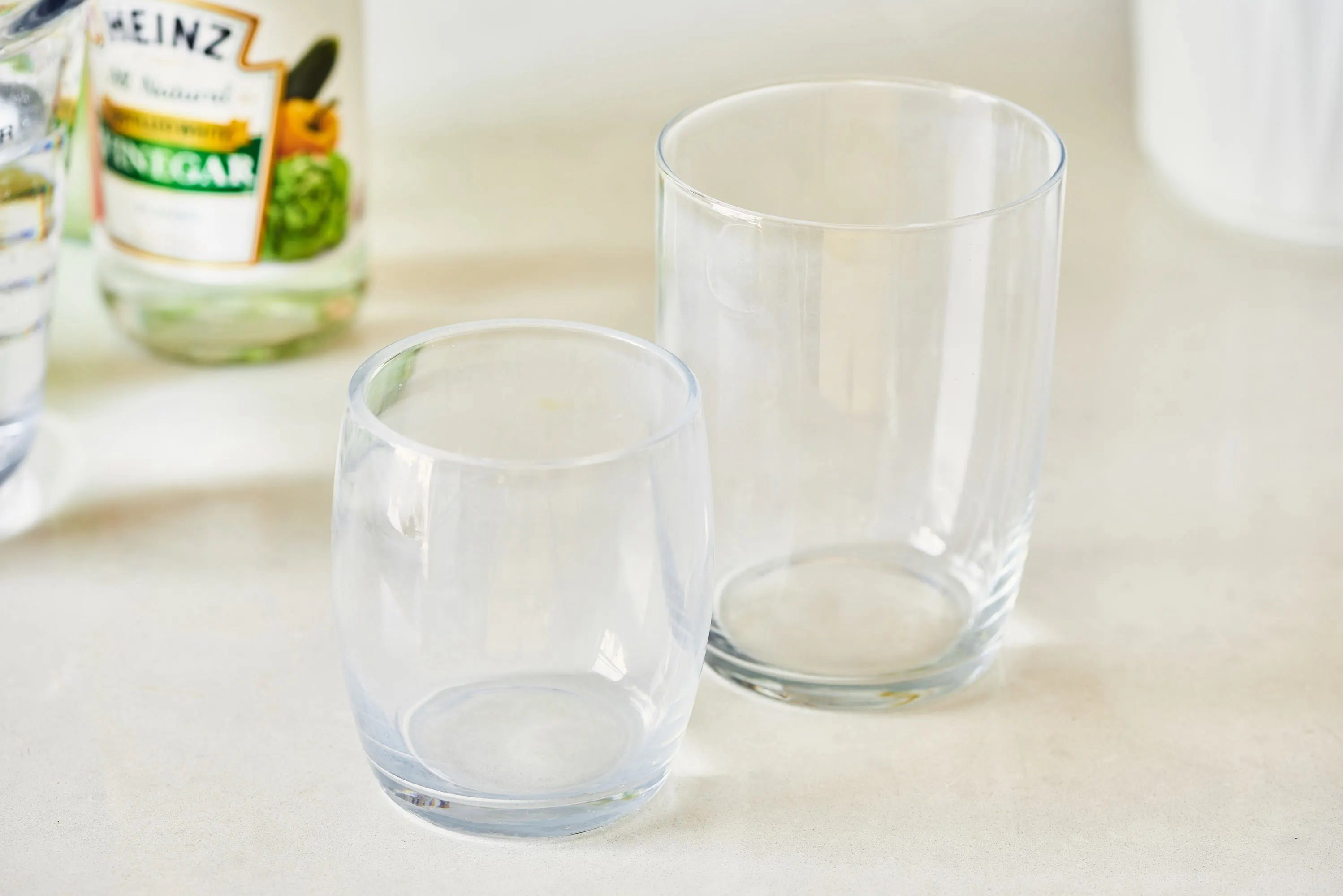
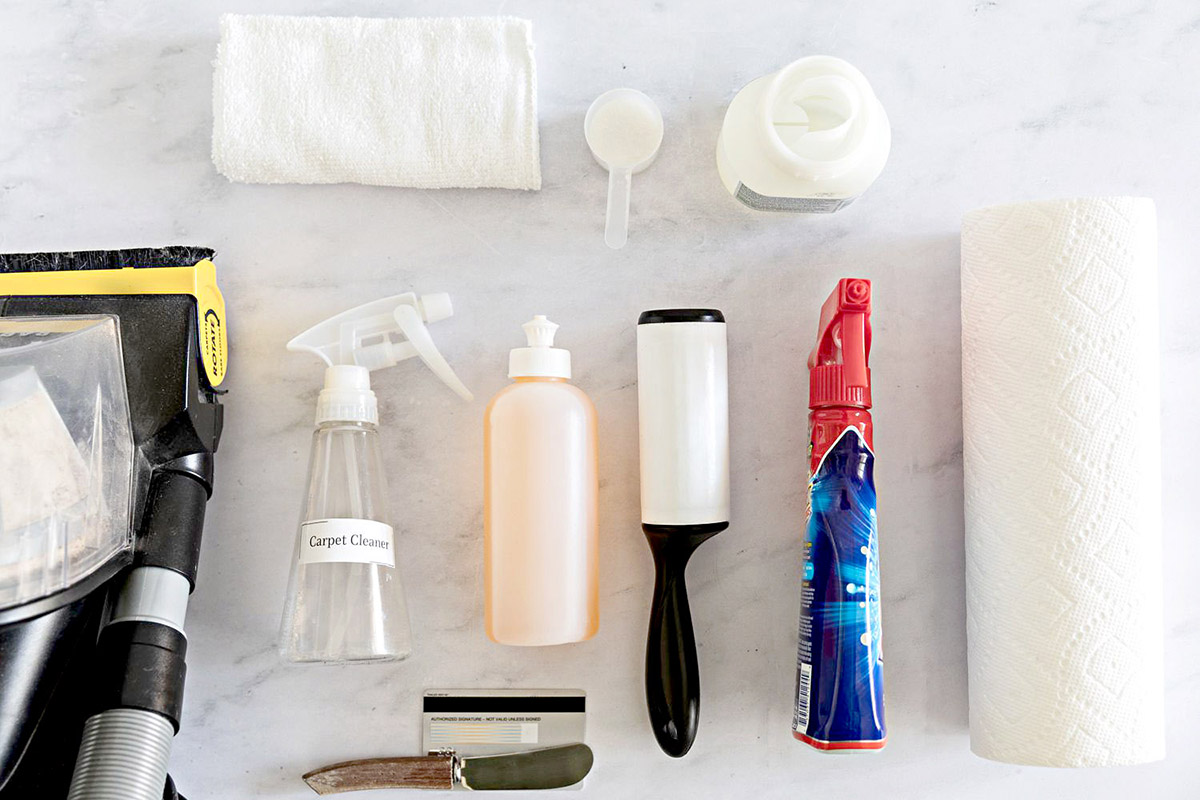
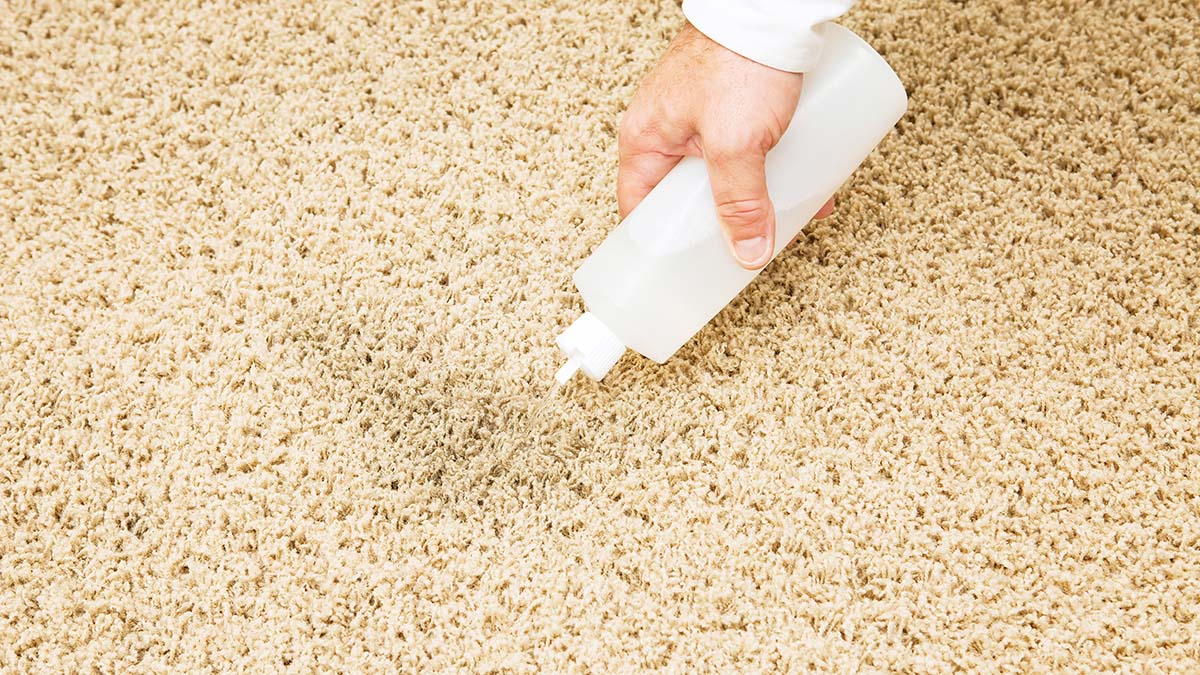
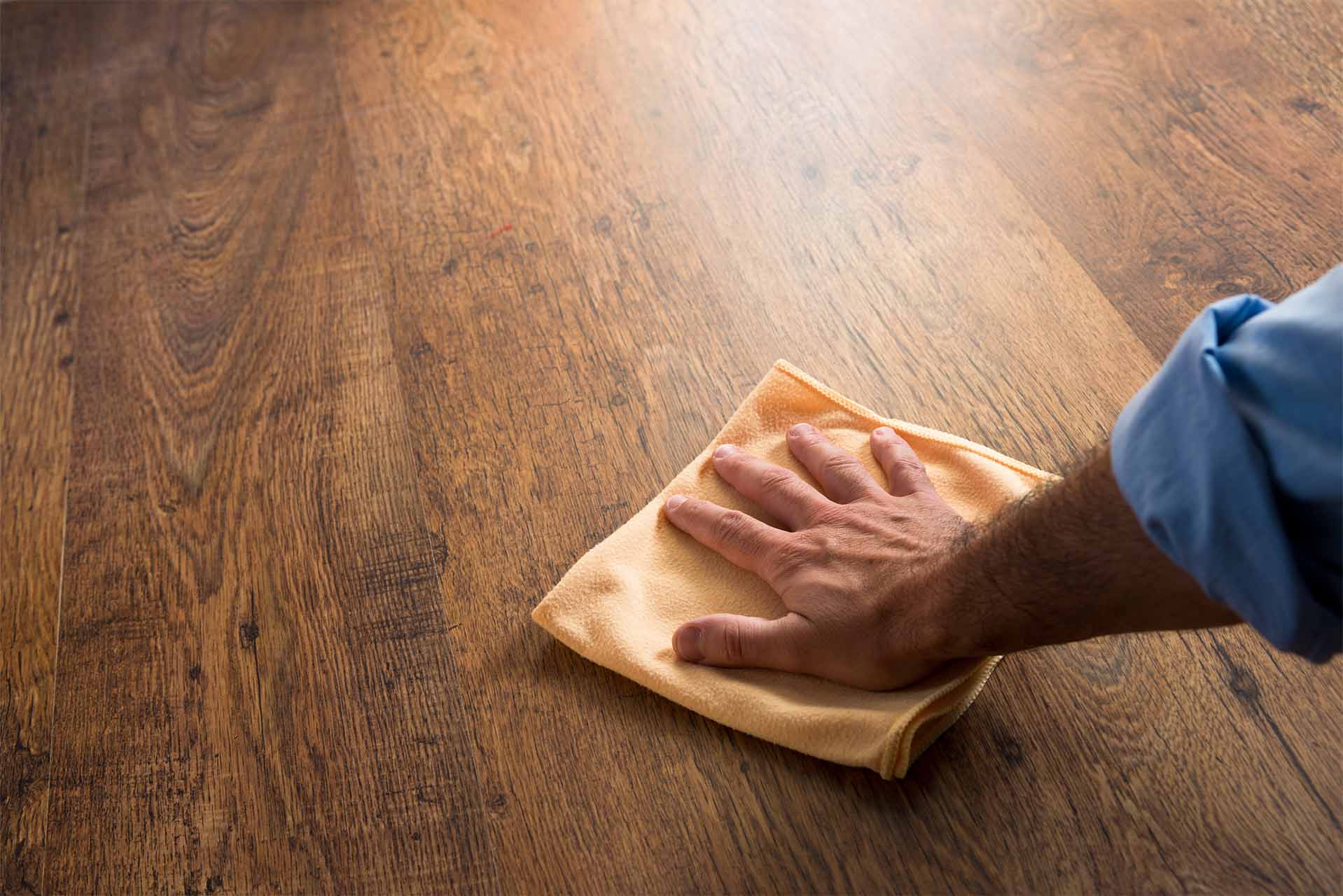
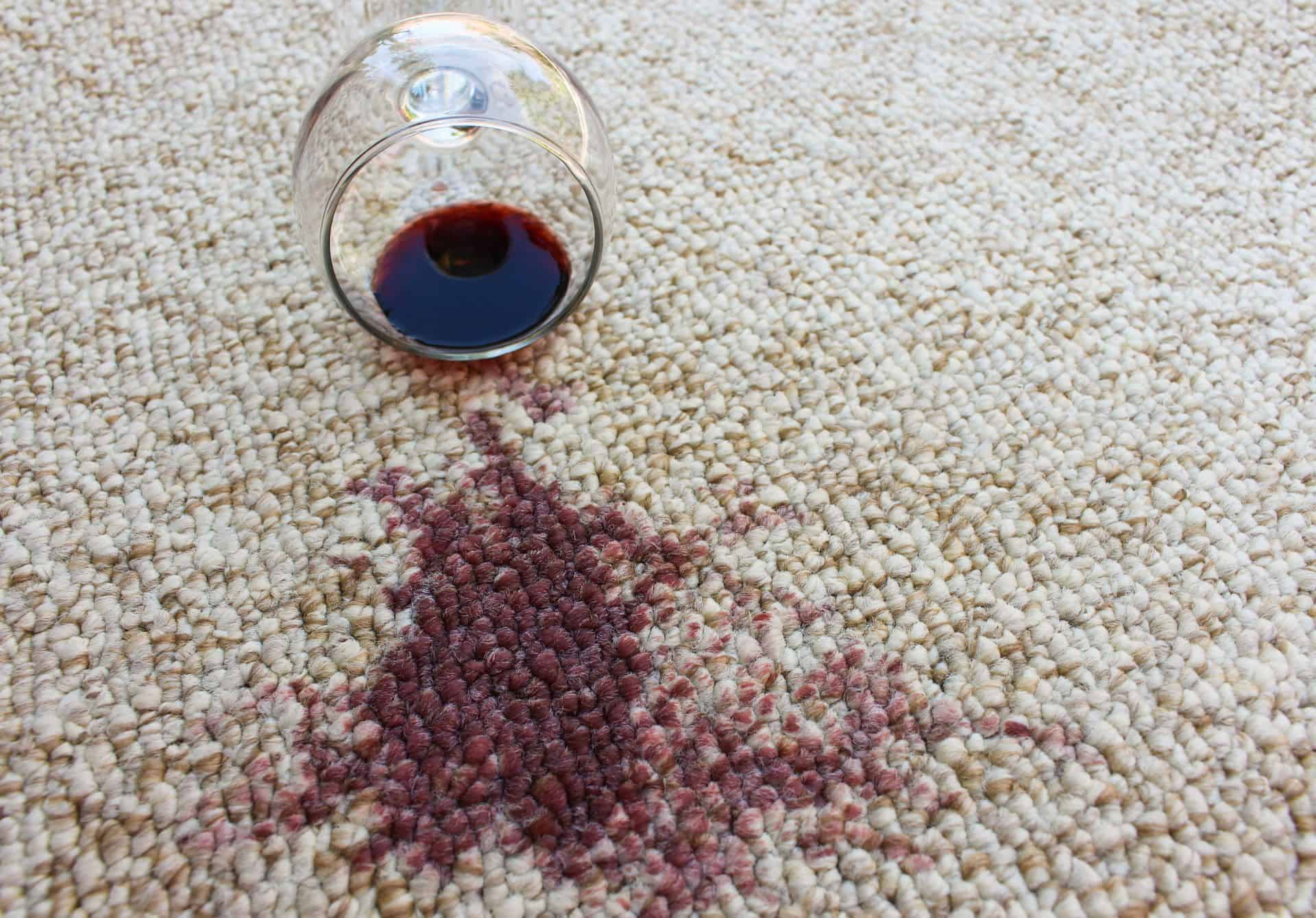

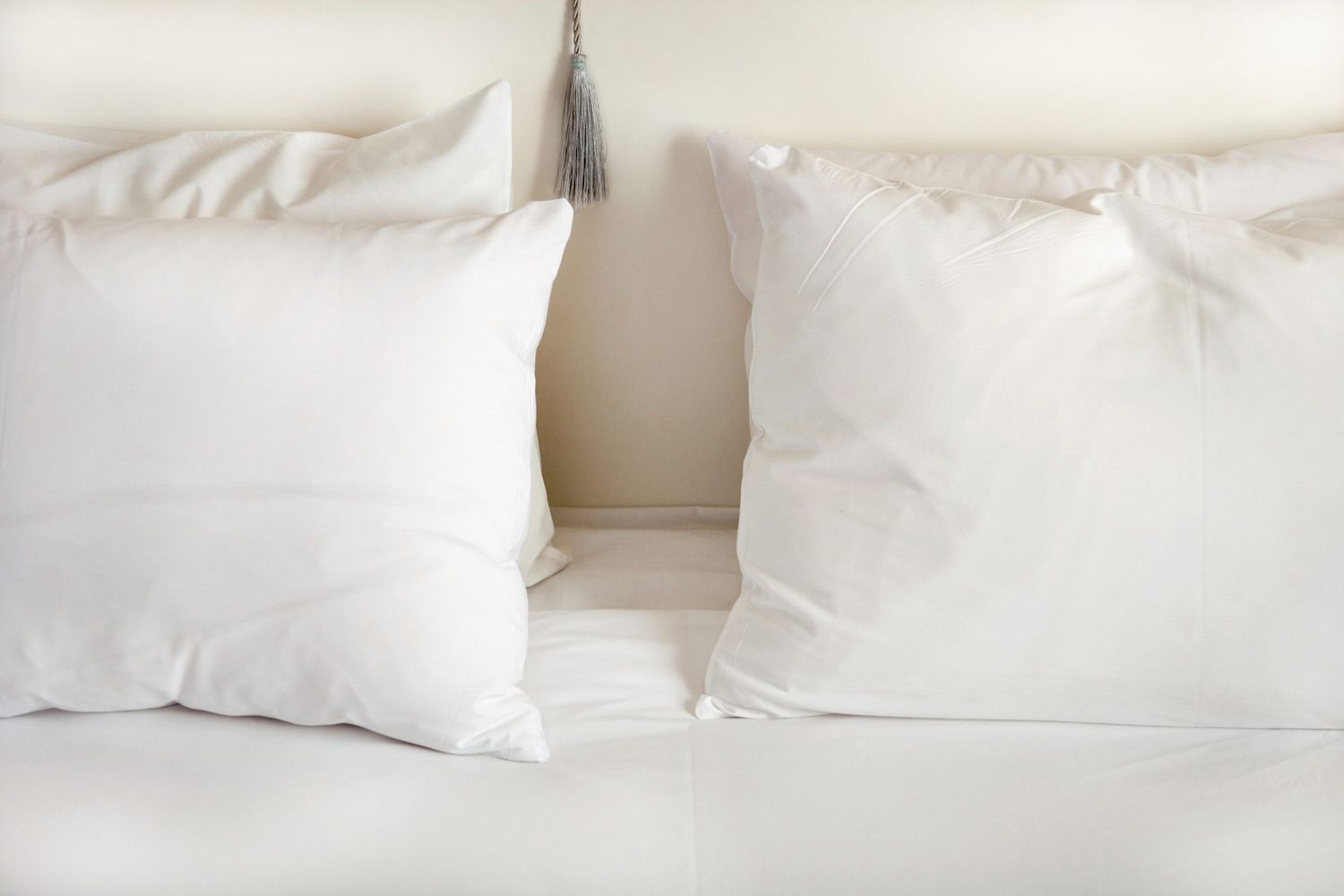
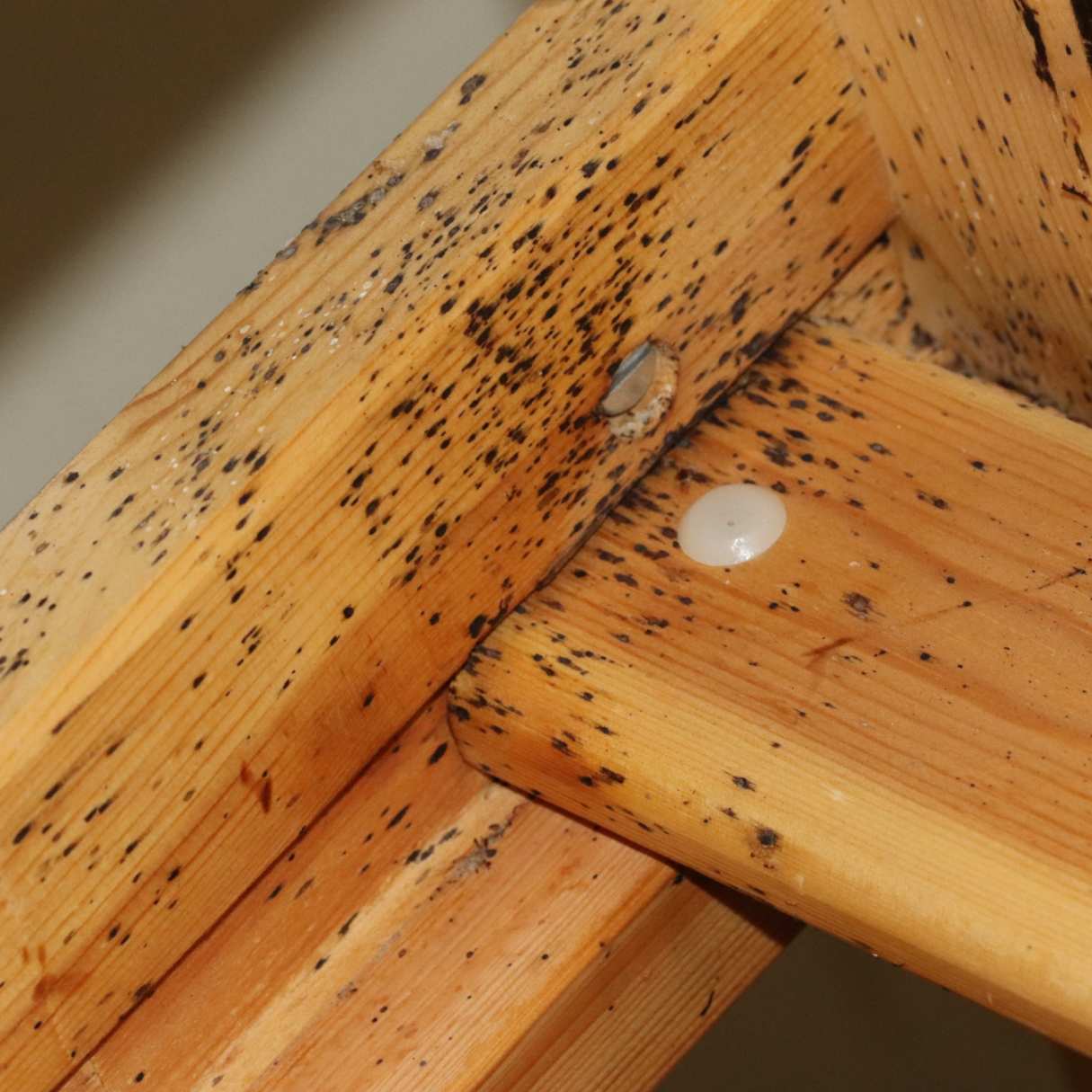

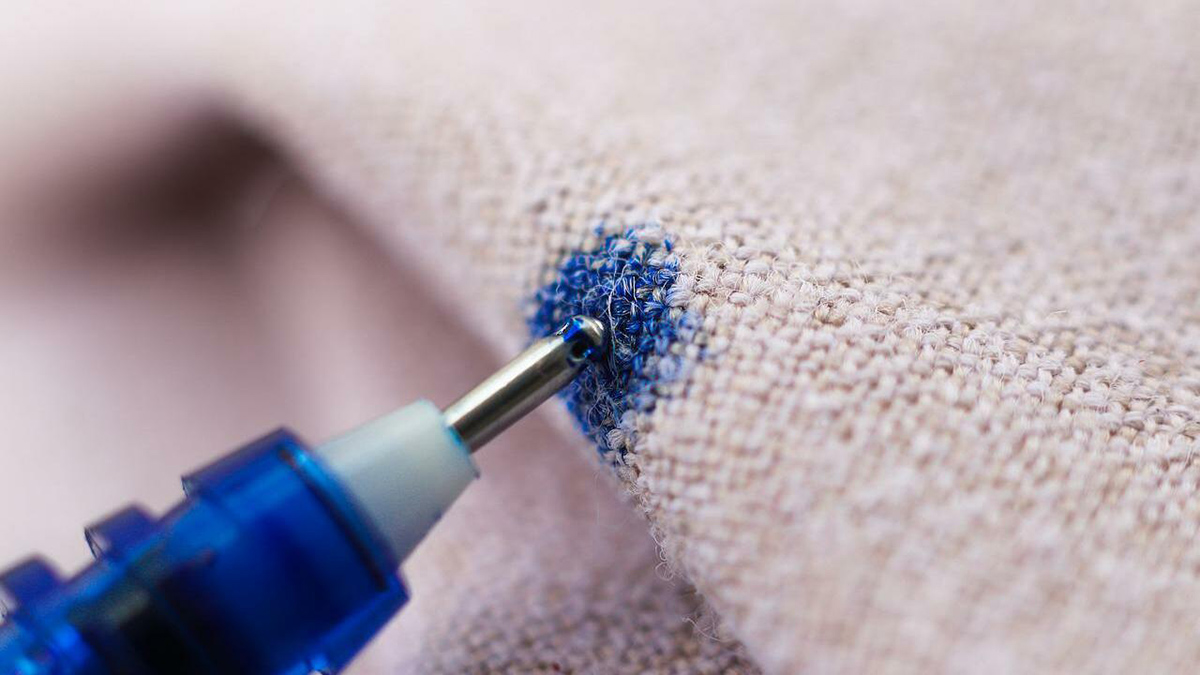
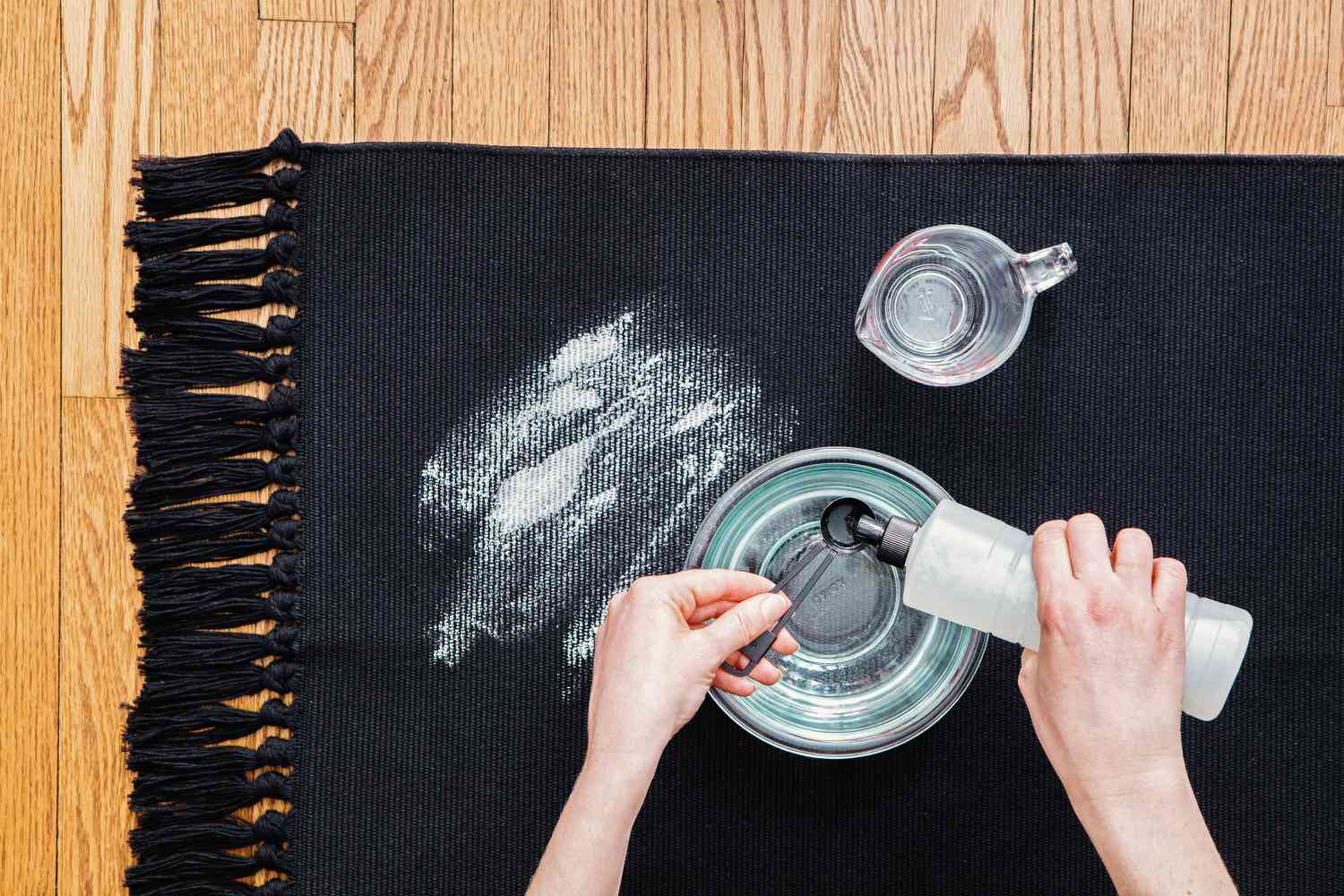

0 thoughts on “How To Remove Period Stains From Bed”